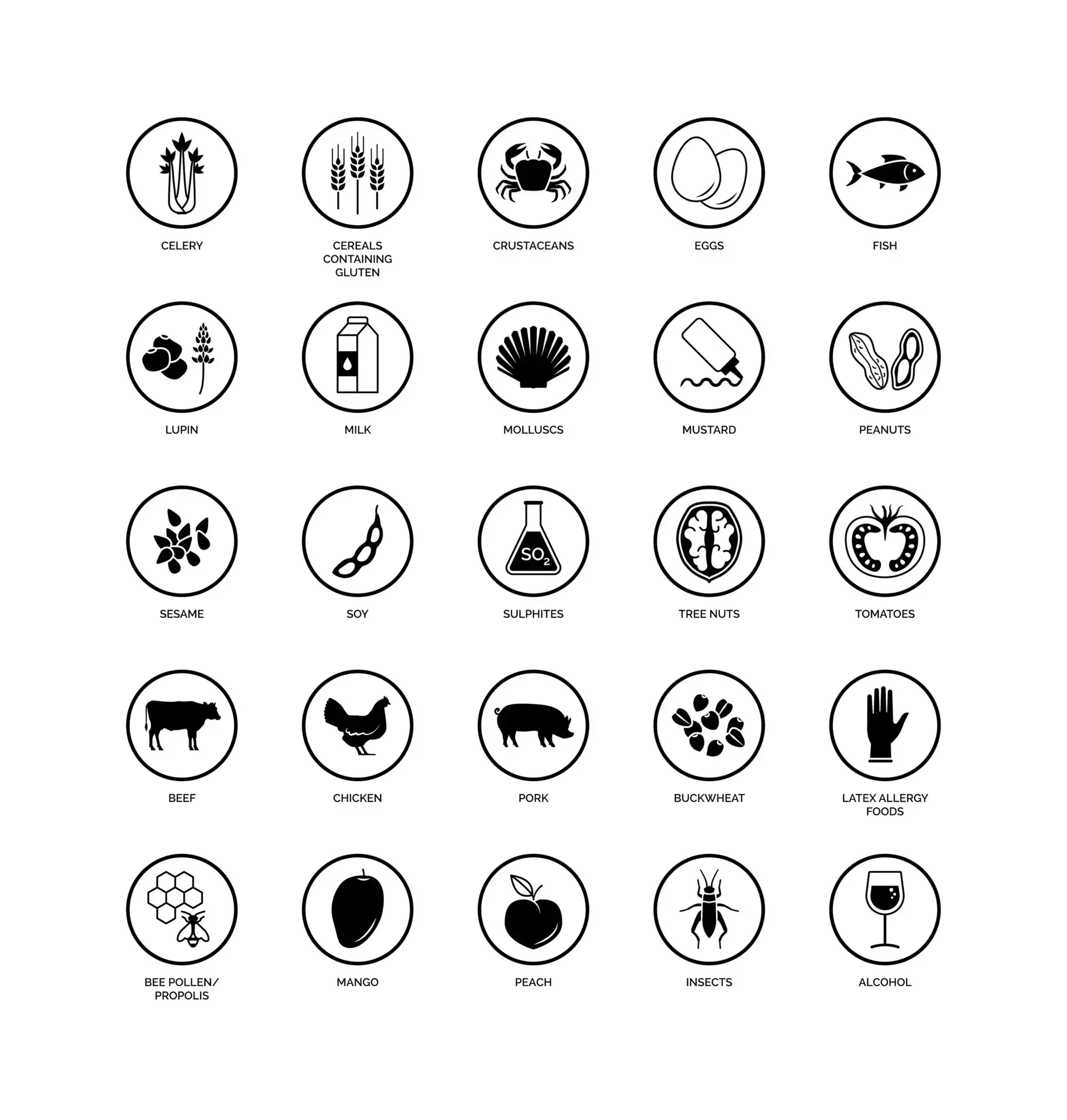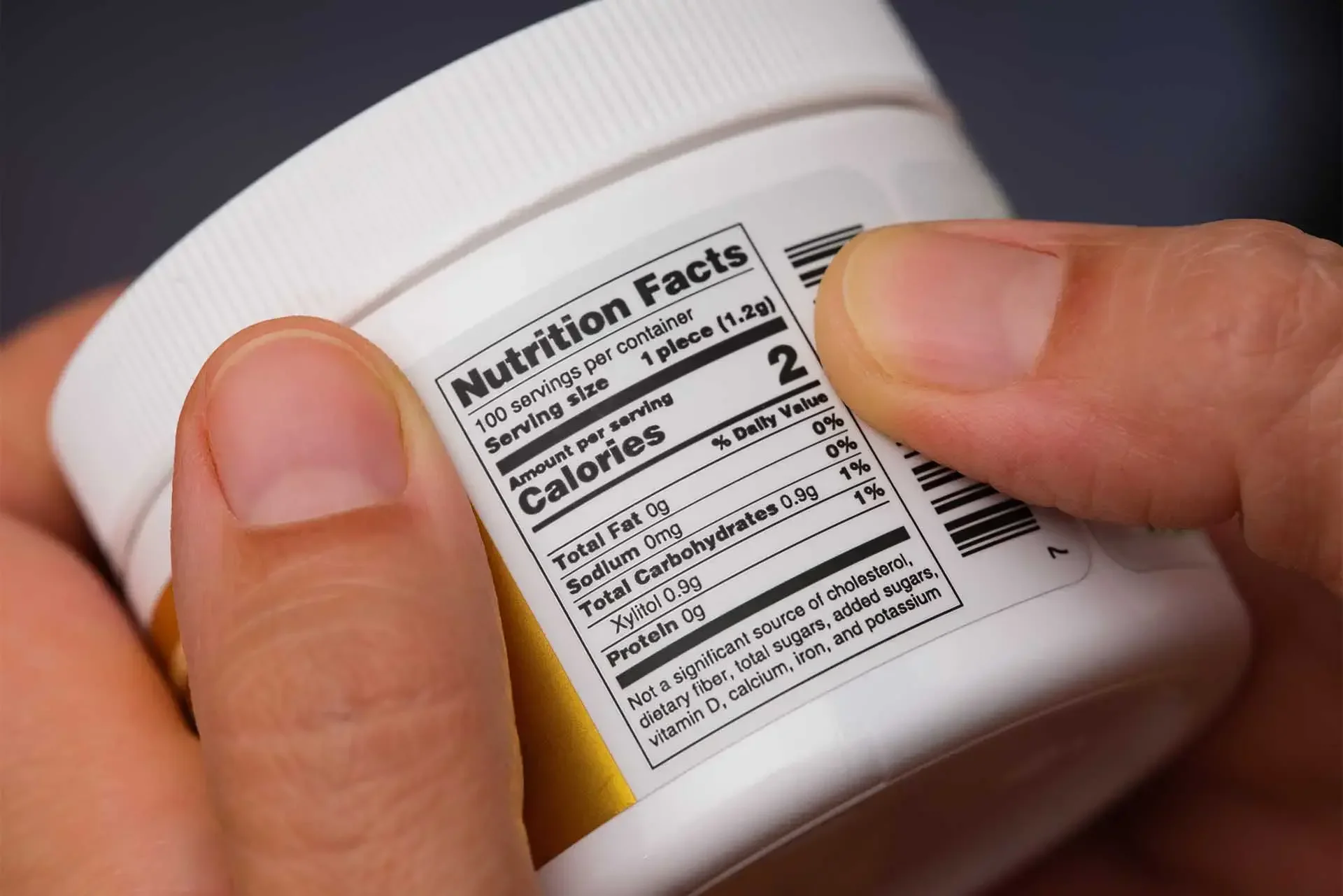When we hear the word “mindfulness”, our minds might automatically go to yoga. The truth is, it can be practiced in other activities as well—including grocery shopping. Ideally, your supermarket runs should involve a certain level of awareness when it comes to choosing which items to shop for. Item packaging helps a lot in that regard by telling you the contents of what they have inside. Fully understanding these labels, however, is necessary for effective communication. At the end of the day, it’ll be us who will have to adjust by learning to understand what these product packaging materials are trying to say.
It may be tempting to just grab that first item off the shelf, but if you have certain health conditions or are sticking with your fitness goals, it would do you good to take a moment to read through the label to see if there are ingredients that you should avoid. Mindful grocery shopping will help you make smart, deliberate choices so that you can watch your weight, avoid allergens, and generally maintain a healthy and stable life.
Want to learn more? Here are the most common pieces of information that you will see on grocery items.







